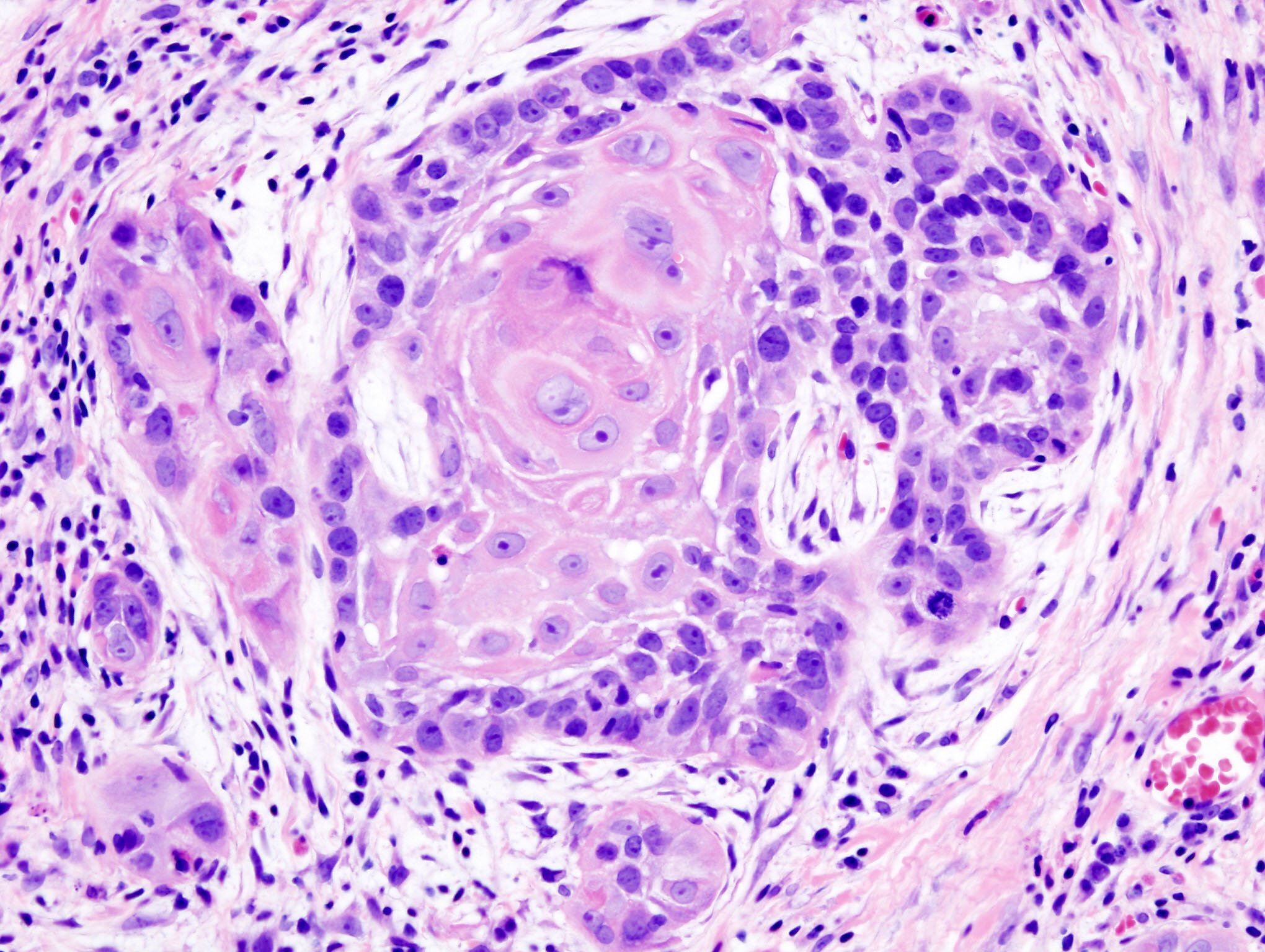
Head and Neck Tumors
Tumors that develop in the oral cavity, nasal passages, paranasal sinuses, orbits, larynx, pharynx, salivary glands, and sometimes skin and lymph nodes of the face and neck are collectively referred to as head and neck tumors. These tumors may be either benign or malignant. Squamous cell carcinoma is the most common malignant tumor found in the head and neck region.
-
The exact cause of head and neck tumors remains unclear, but scientists are actively researching the genetic factors that impact the development and prognosis of these tumors. Many head and neck "cancers" are thought to be preventable since they often occur after prolonged exposure to known risk factors. These risk factors include excessive alcohol consumption, tobacco use, exposure to cancer-causing substances in the environment, and a history of pre-cancerous lesions.
-
Head and neck benign tumors are frequently asymptomatic except for a palpable firm lump or mass. When symptoms occur, they are specific to the site of the tumor and result from pressure on neighboring structures caused by the slow-growing mass. Head and neck cancers can spread to nearby structures, including the respiratory, digestive, and visual tracts, interfering with essential functions such as eating, seeing, and breathing. However, early warning signs of head and neck cancers can be nonspecific and subtle. Additionally, many of these symptoms may also be caused by non-cancerous conditions.
-
To diagnose different types of head and neck tumors, the first steps involve a physical examination focused on the head and neck area and a detailed medical history that notes all the symptoms and risk factors associated with tumor development. Radiographic imaging tests such as plain X-rays, computed tomography (CT) scans, and magnetic resonance imaging (MRI) are also used to aid in diagnosis. In some cases, positron emission tomography (PET) scans may be useful. For malignant cases, additional tests such as ultrasound, chest X-rays, and radionuclide bone scans are performed to scan for metastasis or primaries in other parts of the body.
-
Most head and neck tumors are typically treated primarily with surgery. Benign tumors usually require surgical removal only. For malignant tumors, treatment options may include surgery, radiotherapy, chemotherapy, or a combination of these. In some cases, craniofacial reconstructive surgery may be added to improve cosmetic results. When distant or loco-regional metastases are detected, appropriate treatments such as surgery, radiotherapy or chemotherapy should be implemented.
